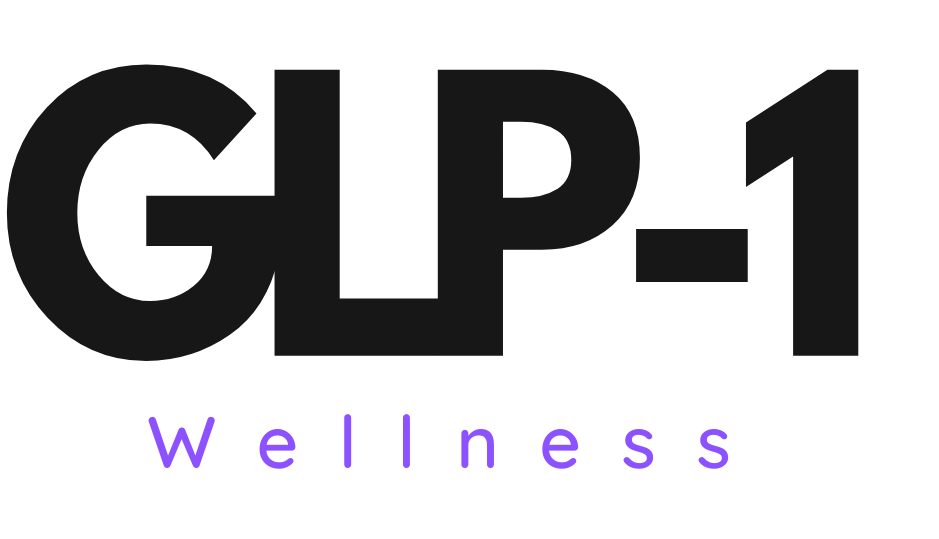Youthful Horizons: Navigating the New Frontier of Pediatric Diabetes Care with GLP-1 Receptor Agonists
In the realm of pediatric diabetes care, where the challenges of glycemic control often intertwine with the unique needs of young individuals, a new frontier is emerging. GLP-1 receptor agonists, originally celebrated for their efficacy in adults, are now casting a hopeful light on the management of diabetes in the younger population. This blog takes you on a journey through this uncharted territory, exploring the promises and potential challenges of utilizing GLP-1 receptor agonists in pediatric diabetes care.
Managing diabetes in children and adolescents poses distinctive challenges. The dynamic nature of growth and development, coupled with the complexities of family dynamics and lifestyle choices, demands a nuanced approach to diabetes care. Traditionally, insulin therapy has been the cornerstone, but the introduction of GLP-1 receptor agonists introduces a new player into the field. Initially designed and studied for adults with type 2 diabetes, GLP-1 receptor agonists have demonstrated efficacy in improving glycemic control and promoting weight management. As the research landscape expands, these medications are stepping into uncharted territory – the realm of pediatric diabetes. Early studies suggest potential benefits, including improved A1C levels, weight management, and a reduced risk of hypoglycemia.
The journey into pediatric diabetes care with GLP-1 receptor agonists isn’t without its complexities. Dosage adjustments, age-appropriate formulations, and considerations for the unique physiological aspects of growing bodies add layers to the decision-making process. Collaborations between pediatric endocrinologists, healthcare providers, and families become pivotal in navigating these nuances.
One notable aspect that brings hope to pediatric diabetes care is the potential for fewer daily injections. GLP-1 receptor agonists are administered less frequently than insulin, offering a welcomed reprieve for young individuals who may find the daily routine of multiple injections burdensome. The prospect of simplifying treatment regimens adds a layer of convenience and adherence that resonates with the dynamics of youthful lifestyles.
As we delve into this new frontier, real-world stories echo the potential benefits of GLP-1 receptor agonists in pediatric diabetes care. Anecdotes of improved glucose control, reduced insulin resistance, and positive impacts on overall well-being paint a picture of a hopeful horizon. These stories, intertwined with the voices of young individuals and their families, contribute to the evolving narrative of GLP-1 receptor agonists in the pediatric diabetes landscape.
While the promises are enticing, the road ahead in pediatric diabetes care with GLP-1 receptor agonists requires careful navigation. Long-term safety, optimal dosing strategies, and comprehensive monitoring of growth and development are critical considerations. Researchers, healthcare providers, and families form a collective compass, guiding the way forward in this unexplored terrain.
The emergence of GLP-1 receptor agonists in pediatric diabetes care unveils a new dawn. A horizon where the potential benefits of simplified treatment regimens, improved glycemic control, and positive impacts on the quality of life become beacons of optimism. The journey has just begun, and the collaboration between the medical community and young diabetes warriors holds the promise of forging a path toward better health and well-being. In this new frontier, GLP-1 receptor agonists stand as allies in the youthful horizons of pediatric diabetes care, opening doors to a future where managing diabetes becomes more than a necessity – it becomes an empowering journey for the younger generation.







